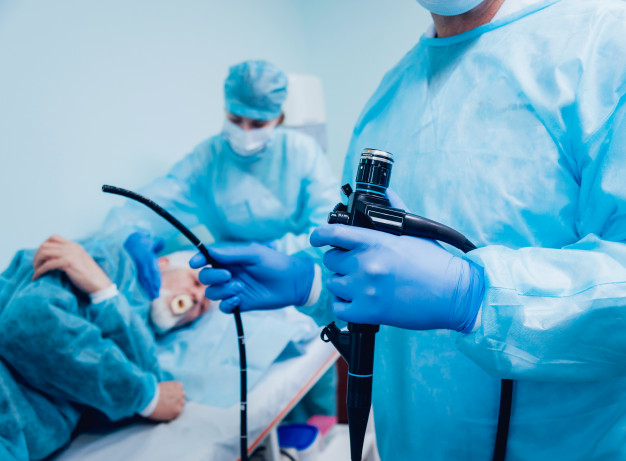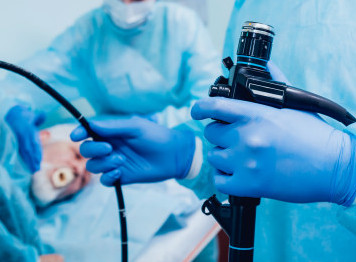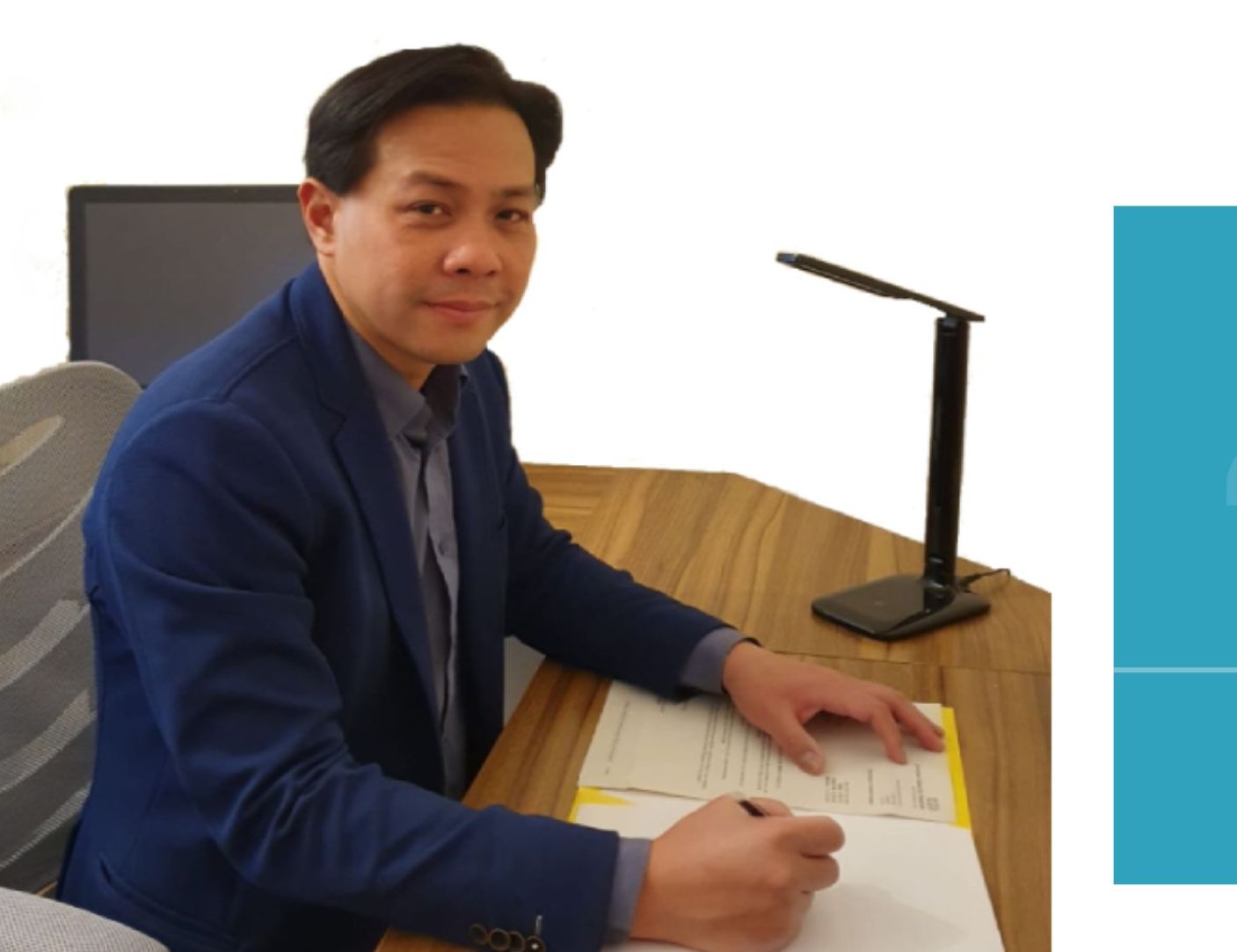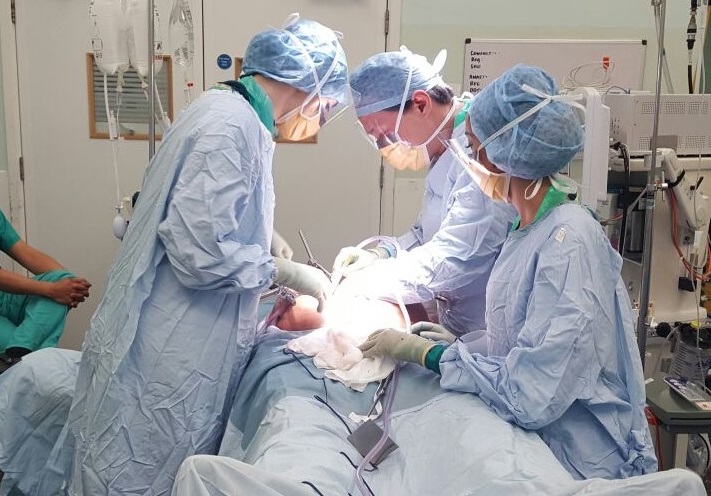
Endoscopy is the insertion of a long telescope / video camera into the body to investigate an internal organ detail. It can also be used to carry out therapeutic tasks, such as; removing polyps/growth and stop internal bleeding. Endoscopes are minimally invasive and can be inserted into the openings of the body such as the mouth or anus. Colonoscopy is examination of your colon and rectum. Flexible Sigmoidoscopy is also examination of colon and rectum but the procedure is normally limited to left sided of your large bowel. Oesophagogastroduodenoscopy is an examination of your upper digestive tract which includes; gullet, stomach and duodenum.
Mr. Husada is a specialist in endoscopy procedures. He has done several thousands endoscopy procedures (Colonoscopy, Flexible Sigmoidoscopy and oesophagogastroduodenscopy). He is also practising advance endoscopy procedures such as; Endoscopic Mucosal Resection of polyp, stent and treating upper digestive tract bleeding.
Mr Husada is also an endoscopist who has full JAG accreditation (UK Joint Advisory Group in Gastrointestinal Endoscopy). Currently, he is the clinical lead for Endoscopy and Colorectal Surgery at Noble’s Hospital, Isle of Man.
Mr. Husada is a specialist in endoscopy procedures. He has done several thousands endoscopy procedures (Colonoscopy, Flexible Sigmoidoscopy and oesophagogastroduodenscopy). He is also practising advance endoscopy procedures such as; Endoscopic Mucosal Resection of polyp, stent and treating upper digestive tract bleeding.
Mr Husada is also an endoscopist who has full JAG accreditation (UK Joint Advisory Group in Gastrointestinal Endoscopy). Currently, he is the clinical lead for Endoscopy and Colorectal Surgery at Noble’s Hospital, Isle of Man.
" Endoscopy”
An endoscopy is a procedure used in medicine to look inside the body. The endoscopy procedure uses an endoscope to examine the interior of a hollow organ or cavity of the body. Unlike many other medical imaging techniques, endoscopes are inserted directly into the organ.
There are many types of endoscopes. Depending on the site in the body and type of procedure an endoscopy may be performed either by a doctor or a surgeon. A patient may be fully conscious or anaesthetised during the procedure. Most often the term endoscopy is used to refer to an examination of the upper part of the gastrointestinal tract, known as an esophagogastroduodenoscopy.
Endoscopy may be used to investigate symptoms in the digestive system including nausea, vomiting, abdominal pain, difficulty swallowing and gastrointestinal bleeding.








